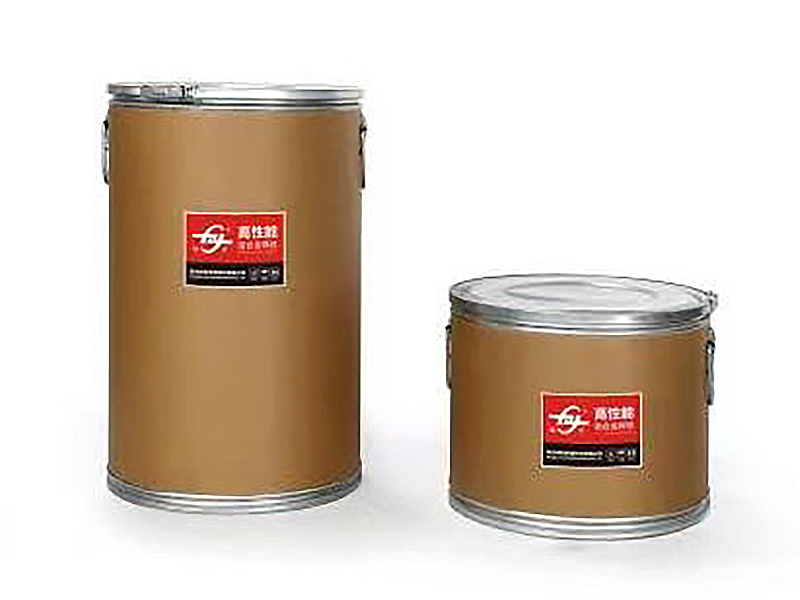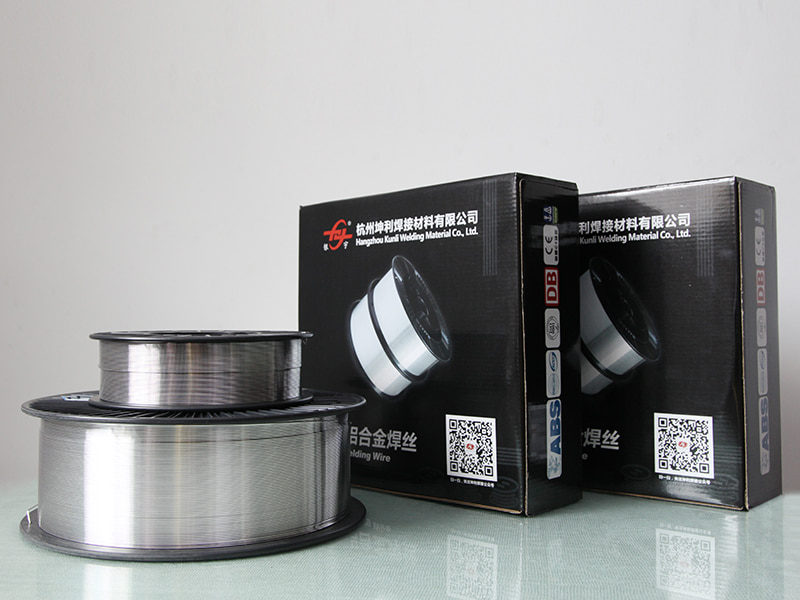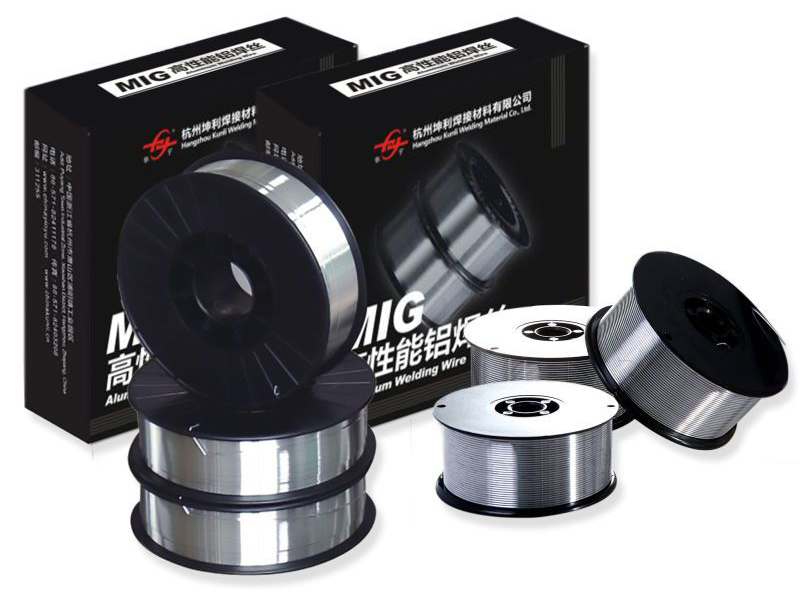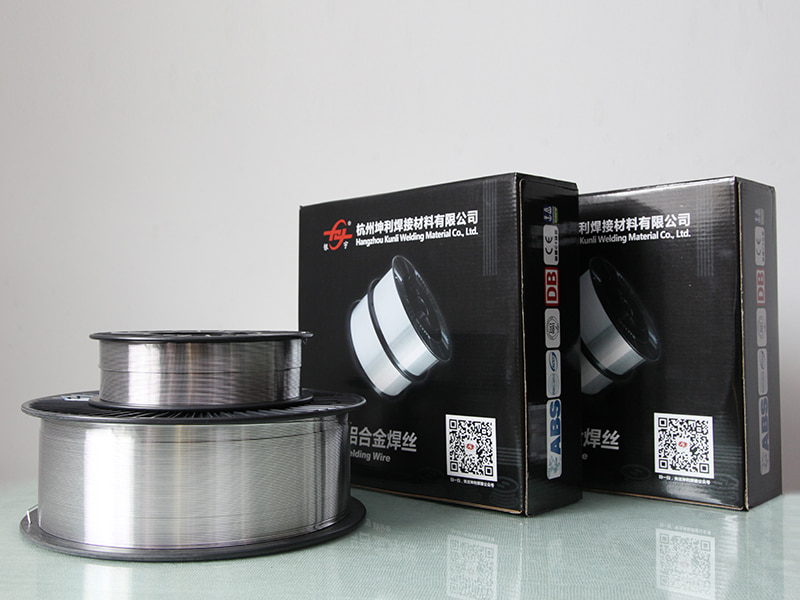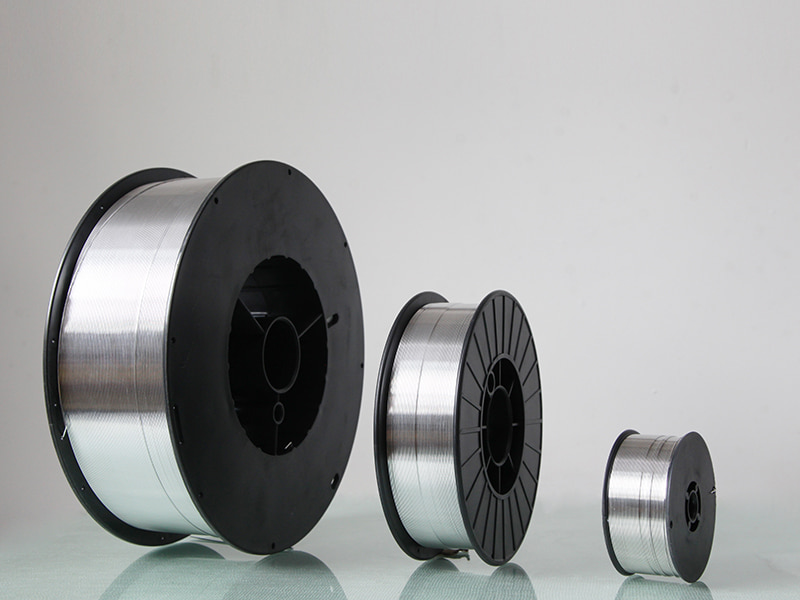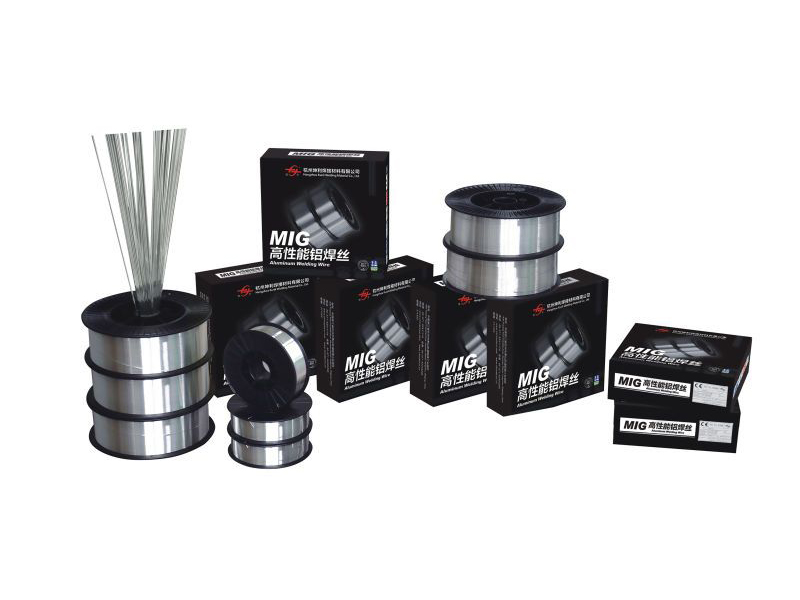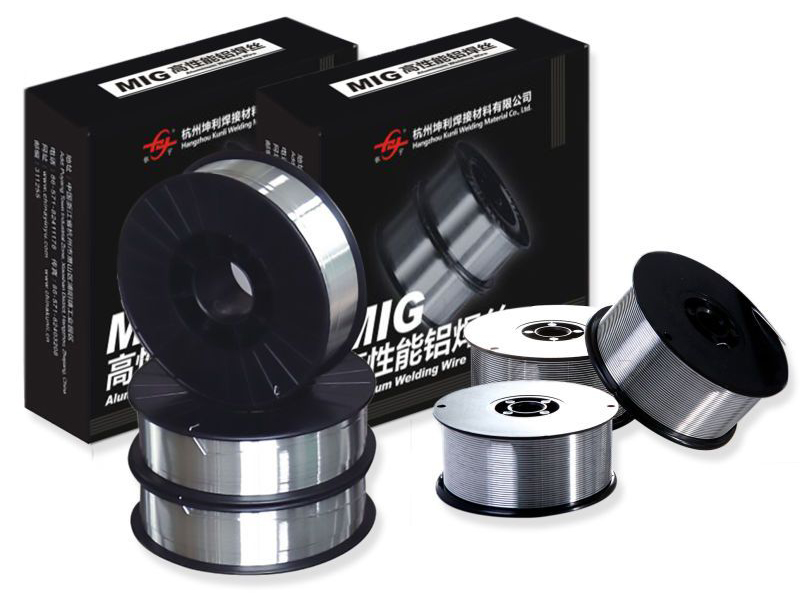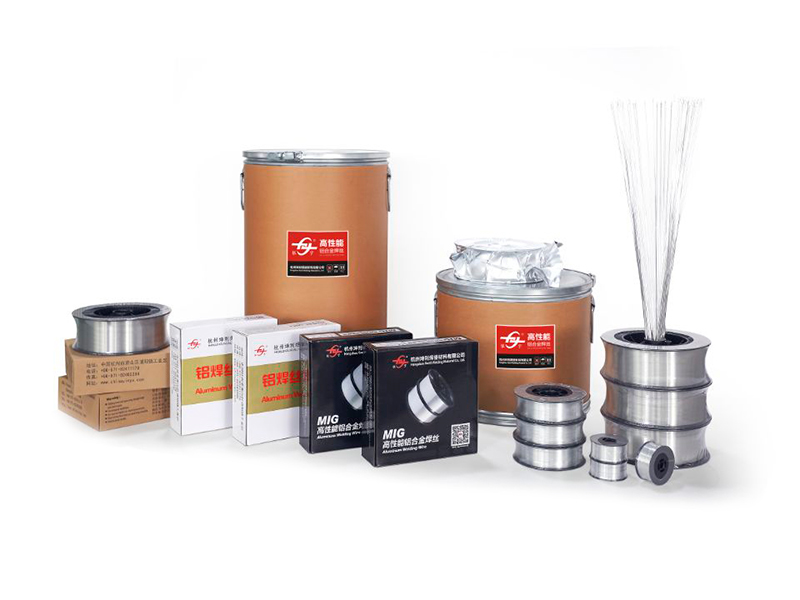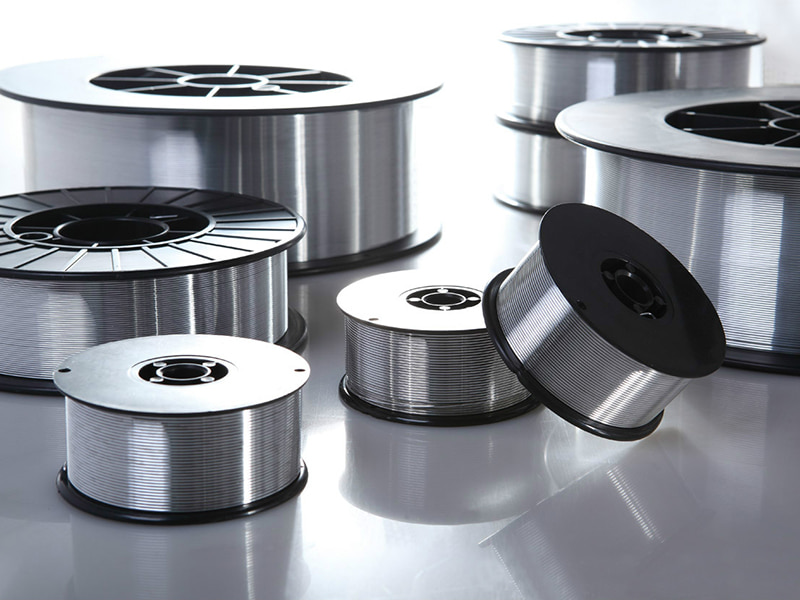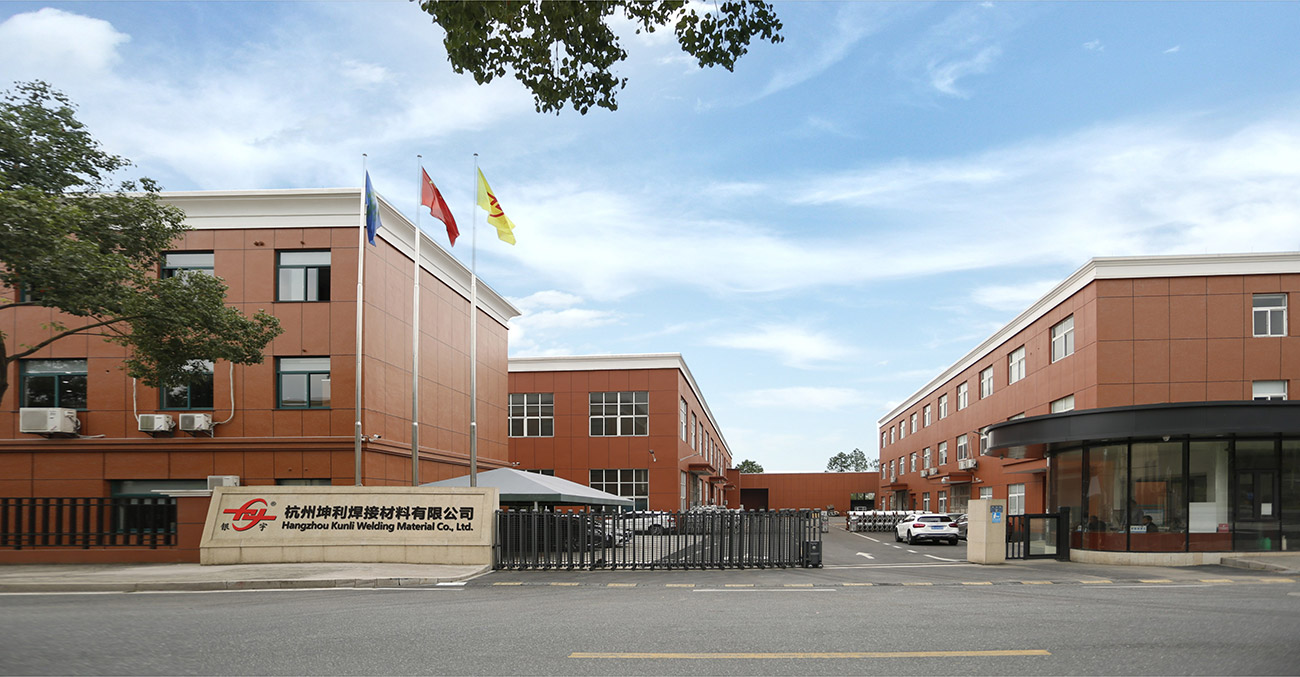Introduction
The automotive industry, driven by lightweighting and electrification, demands aluminum welding wire that performs flawlessly on high-speed robotic lines. Our wires for this sector are precision-manufactured for superior feedability and arc stability under high wire-feed speed conditions. The focus is on common automotive alloys (ER4043, ER5356) and specialized aluminum-silicon alloys used for casting and heat exchanger components, ensuring low spatter and consistent bead geometry required for aesthetic and crash-critical welds.
Specification
| Process Focus | Robotic Pulsed MIG (GMAW-P) and high-speed TIG |
| Key Property | High travel speed capability, Low spatter, Excellent feedability |
| Material Focus | ER4043, ER5356, and advanced casting repair alloys |
| Supply Form | Large drum packaging (e.g., 20kg/50kg) for continuous automation |
| Compliance | Meets major automotive OEM material specifications |
Applications
Robotic welding of aluminum vehicle body structures, frames, and sub-assemblies.
Joining of aluminum battery trays and enclosures for electric vehicles (EVs).
Fabrication of engine blocks, cylinder heads, and aluminum cast components.
High-speed joining of aluminum heat exchangers and HVAC tubing.
FAQ
- Q: What wire diameter is most commonly used for robotic automotive welding?
- A: For thin-gauge body panels and heat exchangers, 0.8mm and 1.0mm are common. For thicker frame structures, 1.2mm is typically employed.
- Q: Are your aluminum welding wires compatible with CMT (Cold Metal Transfer) processes?
- A: Yes, our precision-drawn and clean-surface wires are ideal for CMT and other advanced pulsed welding processes that require extremely reliable wire feeding and precise droplet detachment.
 English
English Deutsch
Deutsch
 English
English Deutsch
Deutsch

